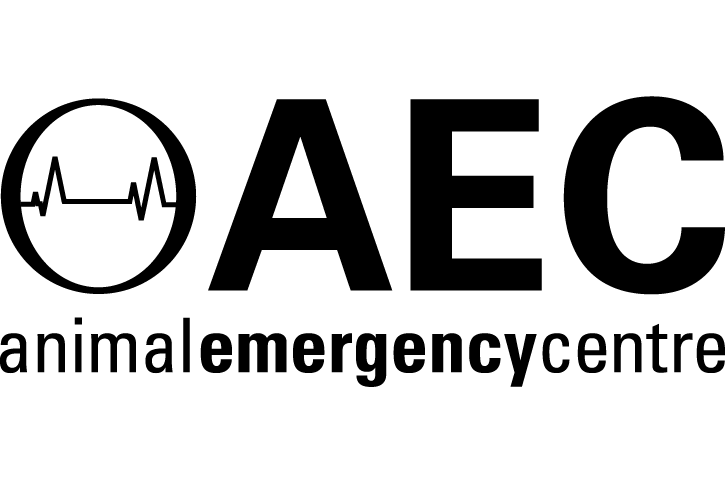Allergies in dogs
Allergies are common in dogs, and just like humans, your pet could suffer from a number of different allergic reactions in their lifetime. Whether they are caused by environmental factors, food or insect bites, allergies can impact a dog’s quality of life.
As a pet owner, it’s important that you know about the causes, symptoms and treatment options so you can manage your dog’s allergies to the best of your abilities.
You can read more of our specialist veterinary news and stories here.
For referring vets, please use our online referral form to submit a case enquiry.
Our Network
Animal Referral & Emergency network is the largest specialty and referral network in Australia, consisting of over 20 sites. With over 1,200 dedicated team members, including over 600 nurses and over 390 veterinarians (including specialists and registrars), we provide exceptional care for your pets. Count on us for expert medical attention and comprehensive veterinary services.
.png)










